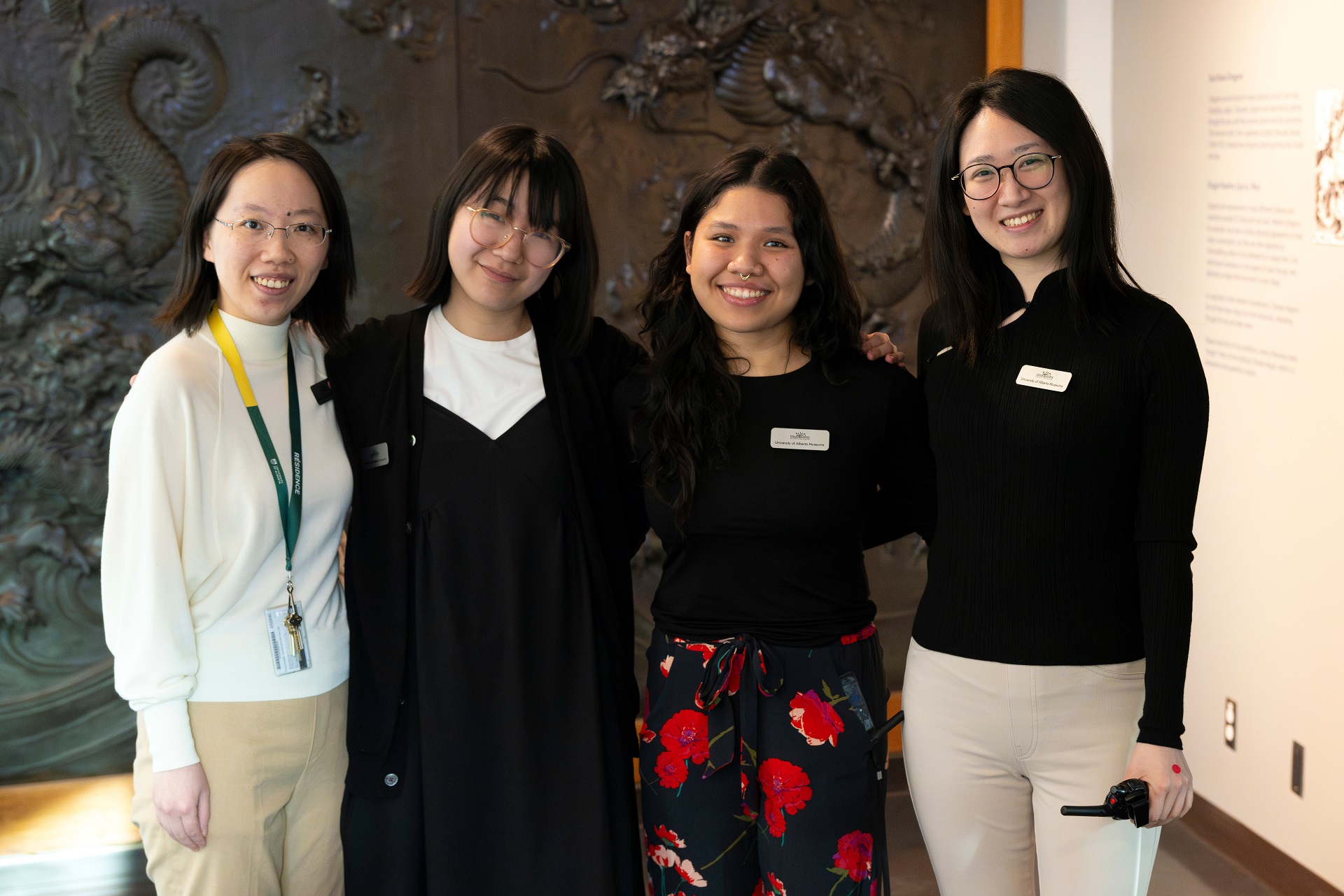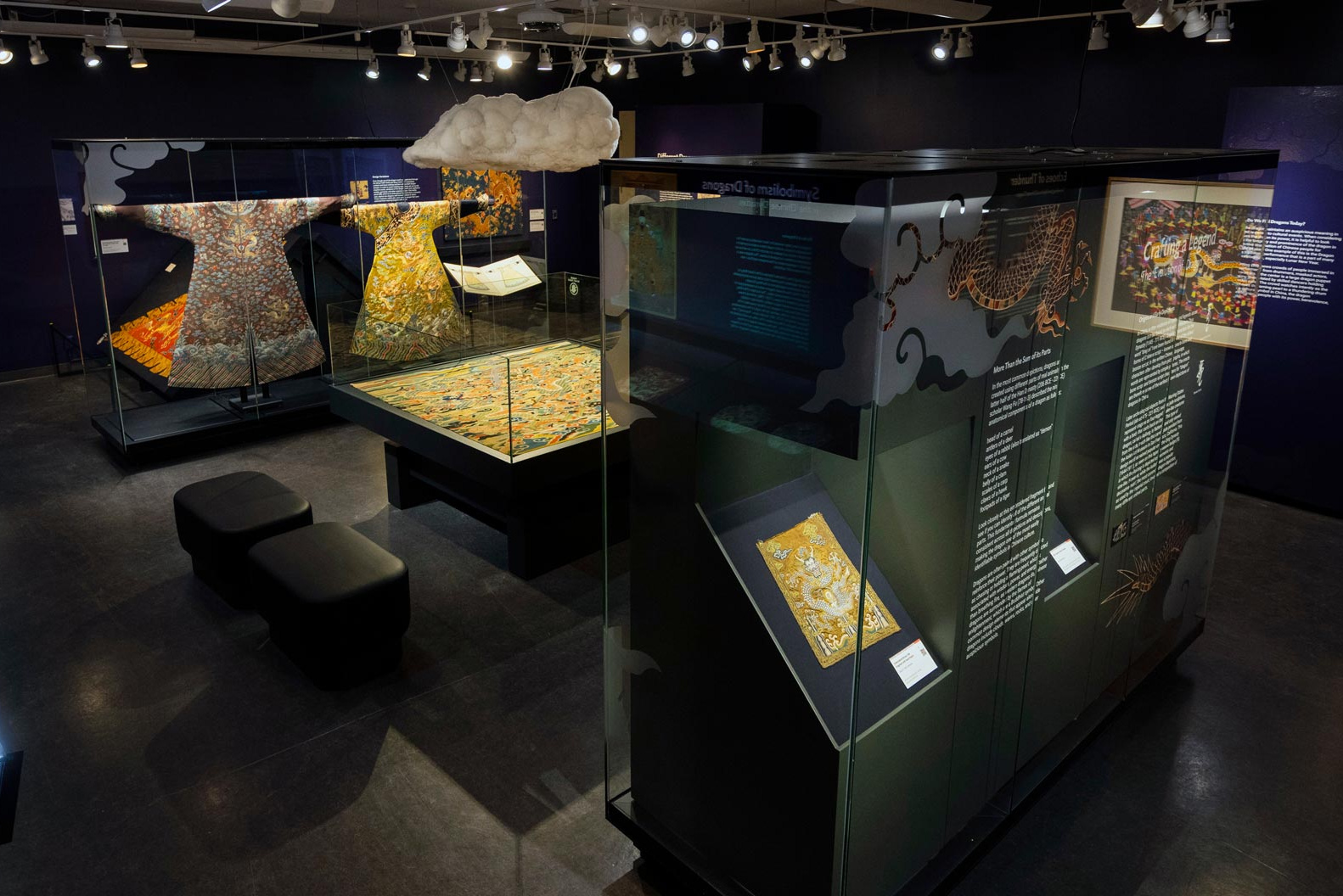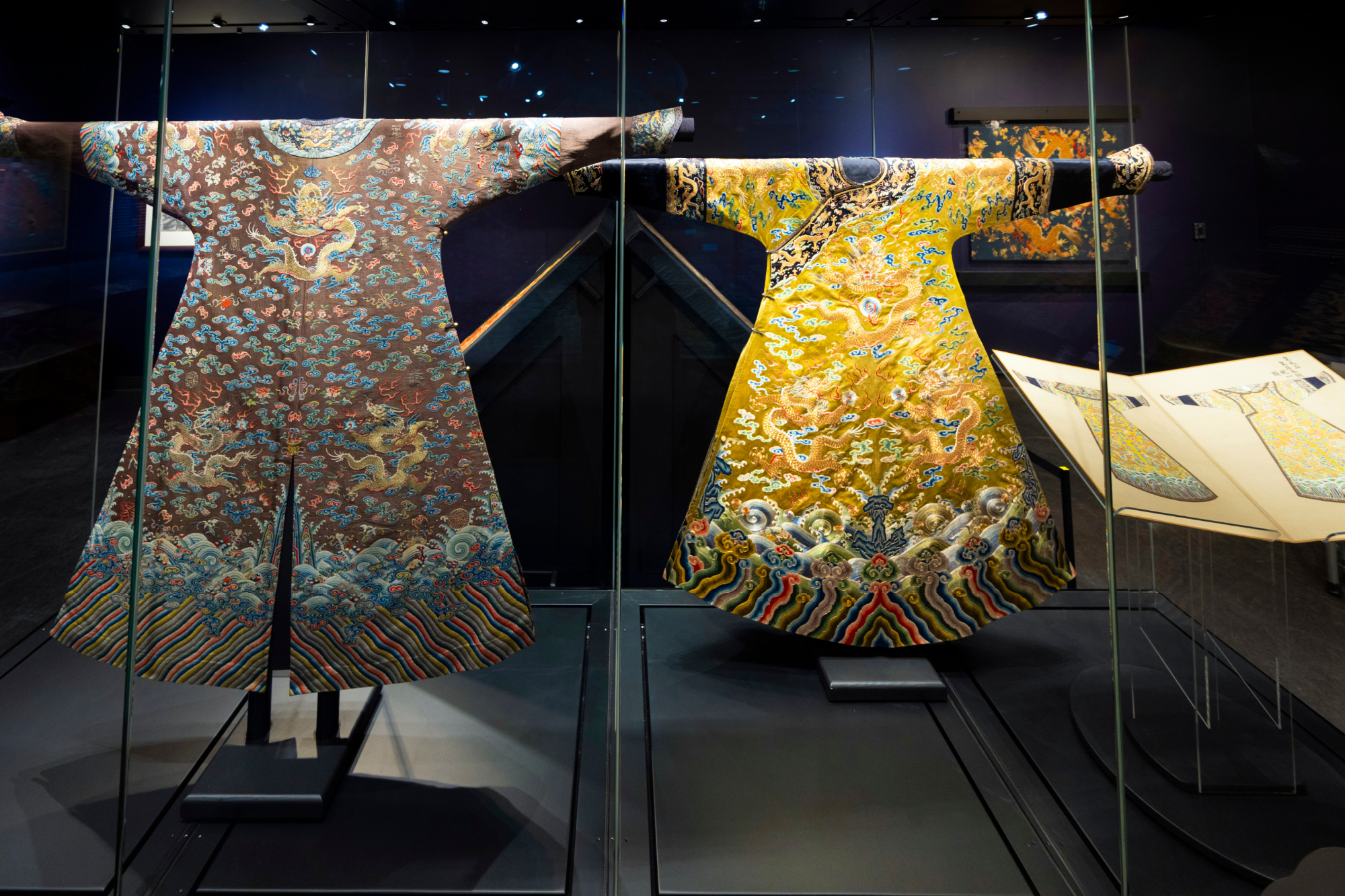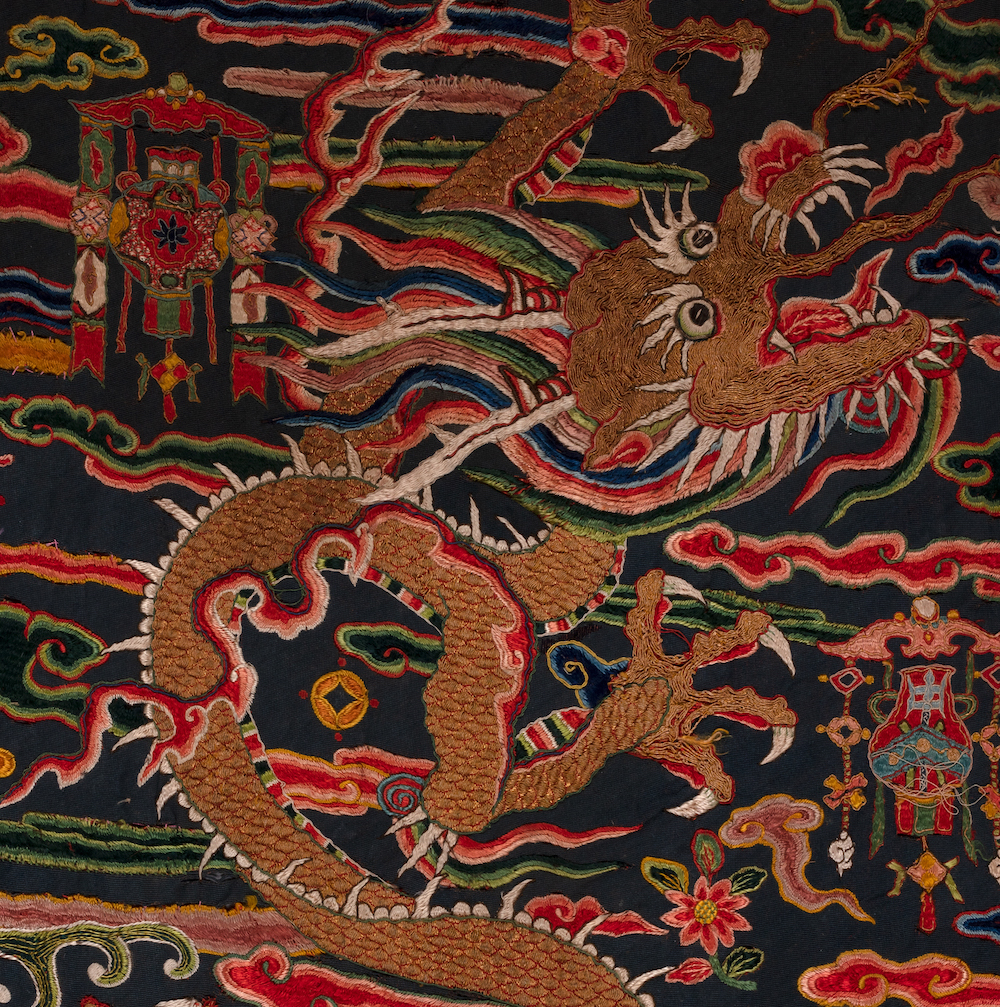Off the Rack: A Guide to Making Museum Mounts for Dragon Robes
When selecting an exhibition mount for a garment, curators must balance conflicting requirements - not only preservation and display but also the absence and presence of a body. Garments are created to be worn on a body, which is absent in the gallery space, but is still important for curatorial interpretation. During exhibition planning, the project team (curators, conservators, and exhibition designers) finds a compromise between protecting the textile from further degradation via light, handling, or environmental changes, while still showing the maximum amount of the object to the visitor.
Mannequins are a popular choice for fashion exhibitions as they provide a surrogate “body” that suggests the original context in which a garment would have been worn. Using a concept from French philosophers Gilles Deleuze and Félix Guattari, mannequins have been considered to be the “body without organs”, in which they have “no content, no identity, until dressed or located within a contextual display”. A popular choice for Asian garments has long been a “t-stand” mount, in which the sleeves are held perpendicular to the body of the garment. This type of mount allows visitors to see as much of the symbols and textile adornment as possible while providing structure to the garment. However, this method privileges surface decoration of the textile over providing context on how it would have been worn, or the “organs.” This leaves garments to be displayed as artwork rather than an object with a history of use, which may erase part of the object’s history.
The main question we always must consider is: What do we want the audience to take away?
Two robes are on display for Echoes of Thunder – an Embroidered Brown Silk Gauze Twelve Symbol Dragon Robe for a Man and a Yellow Silk Dragon Robe for Empress or Imperial Consort (see main image). For these robes, the exhibition project team decided to prioritize the materiality of the garments by highlighting symbols, fabric construction, and decorative textile techniques.
The standardized t-stand mounts we used in this exhibition are adjustable, reusable, and have multiple base options. The mounts consist of a removable horizontal ABS pipe, which supports the sleeves and top of the garment, and two vertical ABS pipes that support a height-adjustable acrylic sheet. The weight of the garment is carried primarily by the sleeves and shoulders, which means an inner mount must be constructed (see Fig. 1) to support the lower portion. Using ¼” ethafoam sheets, I created two skirt-shaped pieces and covered them with muslin to provide friction for the fabric and to protect it from the rough edges of the ethafoam. I then attached two twill tape “straps” to the skirt, which tied around the horizontal sleeve pipe. For the yellow dragon robe, I attached two pieces of washed black plain weave cotton to either side of the inner skirt, to accommodate the side slits. Extra tension was required to hold the robe skirt flat, so fabric-covered rare earth magnets were attached on either side. For the brown dragon robe, I added washed black cotton fabric to keep the white acrylic plate from showing through. The sleeves were left unlined, so that the audience can see the transparency and pattern of the gauze weave.
These two dragon robes, on display at the back of the Echoes of Thunder exhibition, are a draw for audiences. The lighting, display position, and location of these objects highlight their importance to the exhibition and show audiences the power of a dragon.
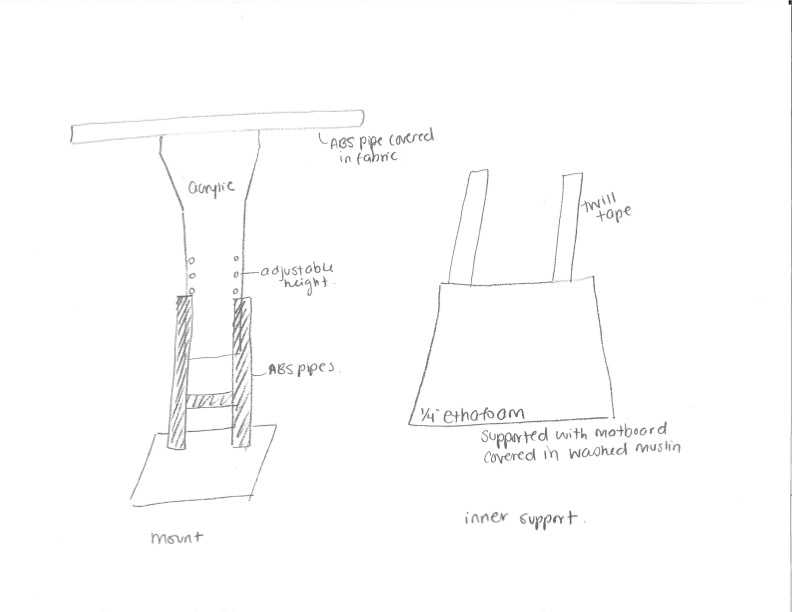
Figure 1. Mount Diagram
1. Jessica Stephenson, “The museum mannequin as ‘body without organs’,” in Mannequins in Museums: Power and Resistance on Display, ed. Bridget R. Cooks and Jennifer J Wagelie (London: Routledge, 2021), 12
